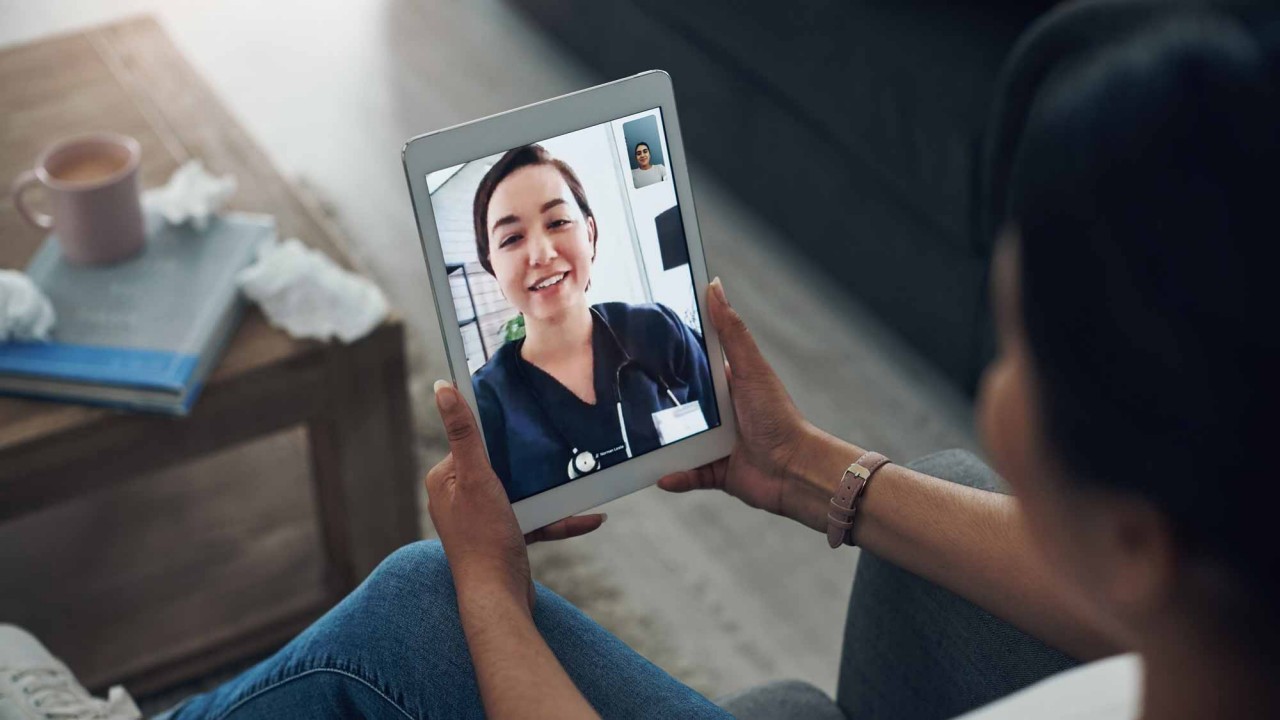3 tips to consider that may help make the most of telehealth
Connecting with virtual care

When a health issue arises, it can be difficult to find the time or energy to schedule an in-person appointment or drive to your nearest medical facility, especially when you’re not feeling well.
Connecting with a doctor virtually, in the comfort of your home, may help you access care more conveniently, while helping you save time and money.

As a first step, check with your care provider, health plan or employer to determine what virtual care resources may be available. This can be particularly important during your open enrollment period when many people review and select their medical and specialty benefits for the coming year. More employers are recognizing the value of offering virtual care options to their employees, and Medicare Advantage plans may also provide coverage for telehealth resources.
1. Identify available resources
If you don’t know if you have access to telehealth, check with your health plan or employer. More employers are seeing the value of offering some type of virtual care option to their employees since the accelerated need during the pandemic. Medicare Advantage plans may also offer coverage for telehealth resources.
2. Understand when telehealth may be appropriate
Virtual visits are most widely used to address minor and non-emergency medical conditions, including allergies, seasonal flu, COVID-19, pink eye, rashes and more. If you experience a significant medical issue like chest pain or major burns, you should go to the emergency room.
More broadly, telehealth is also emerging as a helpful resource for behavioral health services, which may offer shorter wait times and more privacy for people seeking support for issues such as depression or anxiety. Telehealth is also being used for primary, specialist and dental and vision care.
3. Use your connected devices
You can consider other types of technology that may help improve your well-being and more effectively collaborate with your health care provider. These may include smartwatches and electronic thermometers to continuous blood glucose monitors and connected asthma inhalers. These- connected devices may provide important information and offer actionable feedback to users and health care providers, including for review during virtual or in-person appointments.
One more thing: Millions of UnitedHealthcare commercial members may have integrated, in-network access to numerous virtual care resources, including for primary, specialist and behavioral health care. In fact, UnitedHealthcare ranks #1 in telehealth satisfaction with health plan providers according to the J.D. Power 2023 U.S. Telehealth Satisfaction study3.